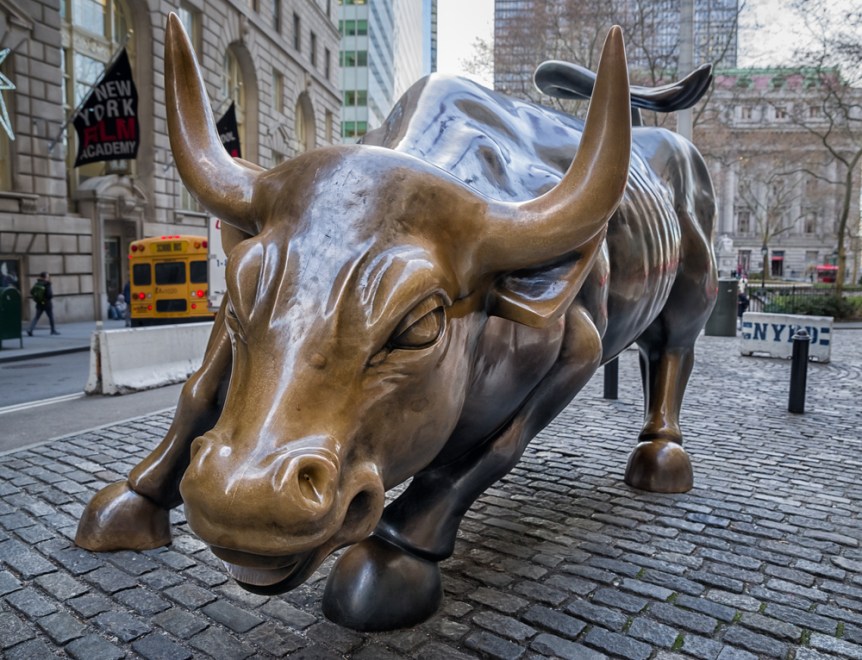There is nothing stopping Bitcoin from attempting to become a six-figure asset, the Magentic managing director William E. Quigley professed in an interview with CNN Business.
The New York-based senior executive listed a string of reasons behind his bullishness on Bitcoin, the world’s leading decentralized cryptocurrency whose rates surged from as low as $3,858 just shy of $58,500 in the previous 12 months. They included Bitcoin’s scarcity and growing demand among mainstream corporate houses that look for alternative store-of-value assets for their balance sheets.
A pre-embedded algorithm within the Bitcoin blockchain’s source code reduces its supply rate by half every four years or after every 210,000 block—an event known as “halving.” Meanwhile, there can only be 21 million BTC tokens in existence, making the cryptocurrency scarce, making it more valuable in the long-term if the demand for it rises.
Bitcoin has had three halvings in the past. The November 2012 and June 2016 supply cuts saw the BTC/USD rates jumping from about $12 to nearly $1,150 and $650 to almost $20,000.
Meanwhile, the third halving—that took place in May 2020—has followed up with up to 558 percent rise so far. It prompted Mr. Quigley to see a bullish fractal.
“We are about halfway through the post-halving bull run,” the executive noted. “So, by my judgment, we have a lot more to go with Bitcoin. Certainly a hundred thousand and quite possible a $150,000 by the end of this year to maybe Q1 next year.”
But
To many, Bitcoin’s scarcity is a ploy to lure “degenerate gamblers” into investing in it.
Economist Nouriel Roubini, Euro Pacific Capital CEO Peter Schiff, and financial commentator Frances Coppola argue that many cryptocurrency projects have lifted Bitcoin’s open-source code to develop copycat tokens. That is an entirely different thing if one looks at gold, a precious metal that risks counterfeiting but not copying.
Bitcoin’s proponents defend it by bringing in the “trust” factor. The community believes bitcoin more than its copycat rivals thanks to its unmatchable network effects with zero histories of transaction reversals, double-spend hacks, and 51 percent attacks. People see bitcoin as the most secure public ledger.
Bitcoin Demand Grows
That explains why even corporates have started embracing the flagship cryptocurrency as an alternative to cash. Tesla, the world’s leading electric carmaker, revealed in February that it added $1.5 billion worth of bitcoin in its balance sheet, noting that it would also start accepting the cryptocurrency for its services and products.
MasterCard, a credit card giant, announced that it would integrate crypto tools into its services in the same month. Bank of New York Mellon, the US’s first banking firm, joined the ranks by announcing that it would offer bitcoin custodianship via the same platform that its clients use for traditional securities and cash.
“The latest survey I saw showed that 5 percent of the public-traded companies in the US would consider adding Bitcoin to their balance sheets,” said Mr. Quigley. “And the reason they are thinking that is that corporates have trillions of dollars in cash—and where do they put it? There are government bonds but $17 trillion of them yield negative returns.”
He added that the corporates’ CFOs worry about inflation and the US dollar’s diminishment. They think they would be able to avoid the conventional market risks by hedging into Bitcoin.
